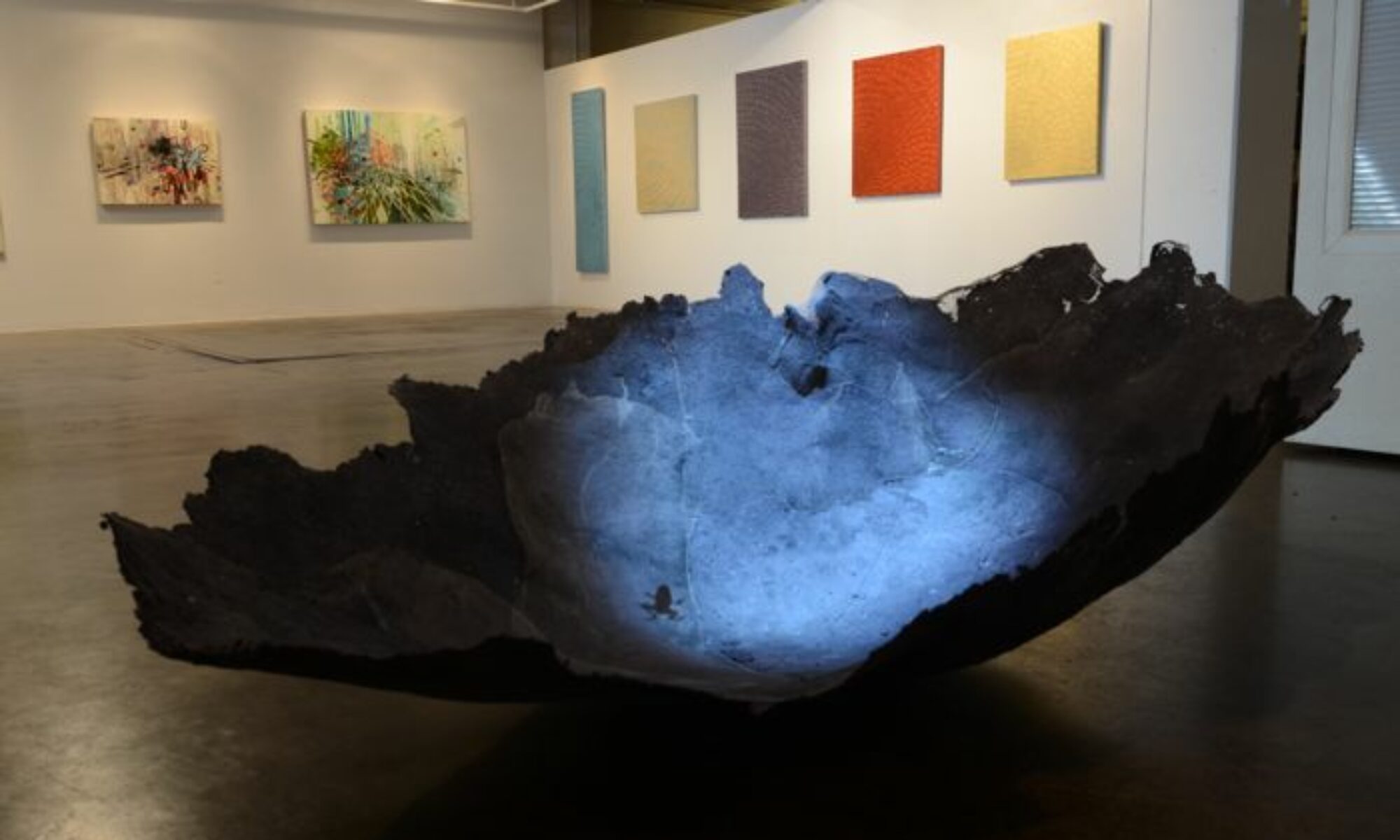Social media sites that track the innovations in technology and practices are a fast-growing network. These sites can be described as ‘finders’ which can also describe the people hired to gather the actual content. They search intensely for inspiration by lurking around creative websites. Creatives are asked sign up and be a part of the design community. In exchange, designers gain connection to the never ending stream of inspirational images. Design creatives might not think about it but these sites watch and lurk. They harvest from the creatives they serve. I am torn about the value of these sites. Recently, I unliked one because an obscure image that I posted showed up for visual consumption on a design website that was my friend. Social media sites inform, connect but unless we are careful in our design processes, social media can play a role in the disservice of design thinking.
As I write this, I am thinking about how to responsibly use media technology in landscape architecture. The appropriateness is a big question in my mind. This morning, one of these websites inspired me to think about material possibilities in a different way. It triggered new thought and possibilites for a project. Searching for moisture sensitive light panels revealed the intense interest cultivated in the last 24 hours among the design harvesting websites. It is everywhere.
I might “like” the various design sites again, or not. I am not sure. In the future, I might think twice before posting a photo, link or something that might be better shared with design friends over drinks. To be aware is more important than to be guarded in design. Being overly guarded closes the door to the potentials of an interesting conversation.
